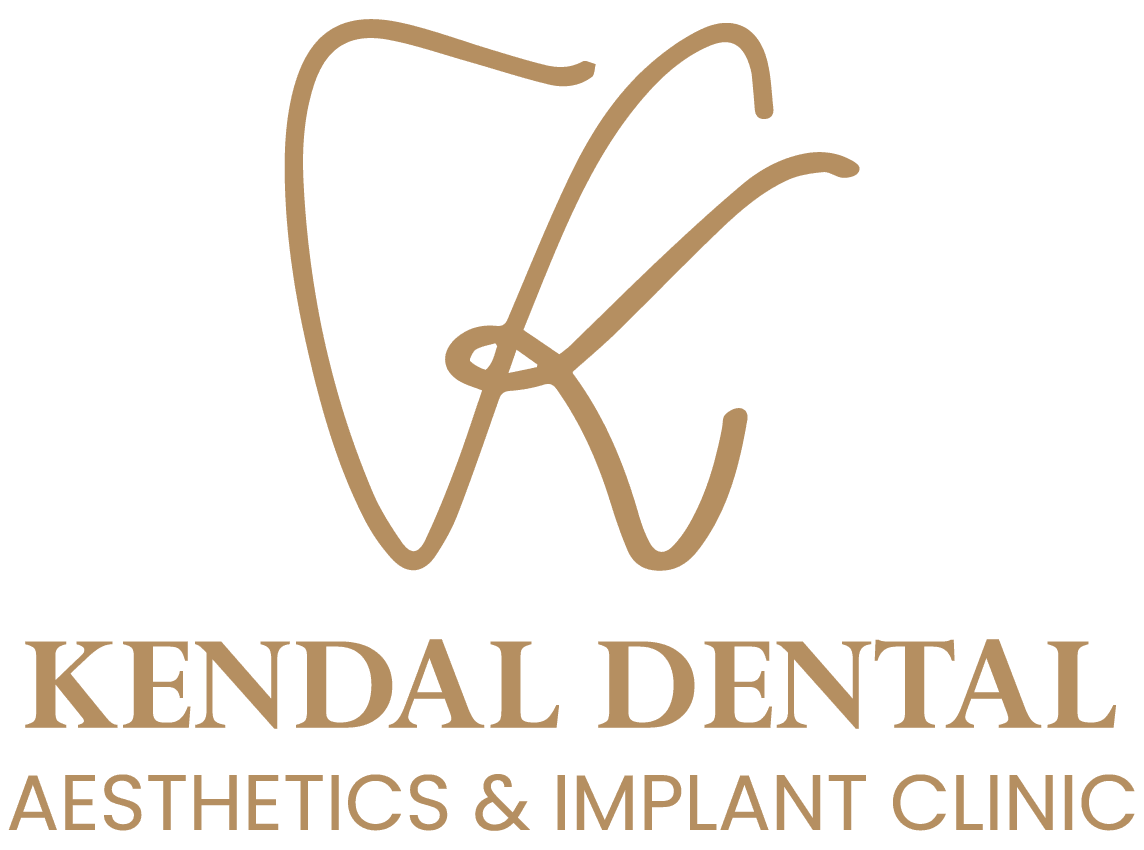Fillings And Restorations in Kendal
Fillings and Restorations to Cure Cavities & Damage
It’s common for people to experience cavities or damage in their teeth. Filling and restorative dental services at Kendal Dental Aesthetics and Implant Clinic are effective solutions. We offer modern dental solutions to restore your smile by repairing and reinforcing damaged areas. Our treatments help prevent further decay and ensure long-lasting oral health, keeping your smile bright and strong.

What are Fillings and Restorations?
Fillings and restorations are some of the dental treatments used to correct damage or decay of teeth. The procedure involves filling the cavity, and restoration would include using crowns or onlays to correct a tooth.
Restore Your Smile With Filling And Restoration Procedure
Filling and restoration are dental procedures to mend a damaged tooth or its decay. During the filling procedure at Kendal Dental Aesthetics and Implant Clinic, our professional dentist cleans out the decay and fills the cavity with composite resin or amalgam. Restoration on the other hand is an extensive form of repair that includes rebuilding tooth structure and functions using crowns or onlays.
Benefits of Fillings and Restorations In Kendal
Fillings and restorations have many benefits for your teeth. They fix cavities and damage, making your teeth strong and look good again. These treatments stop decay from spreading and protect your teeth from future problems.
They also help reduce pain and sensitivity, so you can eat and talk without discomfort. By getting fillings or restorations, you keep your teeth healthy for the long term and maintain a confident, bright smile. These procedures are essential for good oral health.
Start your journey
Get an online consultation or visit our clinics.
In Clinic Visit
Find your nearest clinic in our locations page.
Online Consultation
Find your nearest clinic in our locations page.
Have a question?
Speak with Our Expert Clinicians!
FILLINGS VS RESTORATIONS
Fillings
Fillings are applied to restore small extents of tooth decay or minor damage. It involves the cleaning up of the decayed portion of the tooth, and then filling up the cavity with composite resin or amalgam. Fillings quickly and effectively restore decaying teeth, preventing further damage. They are especially applied to small cavities and minor repairs.
Colour
Natural tooth colour, blending smoothly.
Strength
Less durable and can wear down over time.
Appearance
Blends well with natural teeth and is ideal for visible areas.
Removal
Requires less healthy tooth removal.
Durability
Moderately durable; may need to be replaced eventually.
Allergies
Generally safe with rare allergic reactions.
Safety
Safe, as it contains no mercury.
Restorations
Restorations are more complex procedures, used to repair a severely damaged or decayed tooth. This would include procedures like crowns, bridges, and onlays that rebuild a tooth’s structure and function, often by covering or replacing a large portion of the natural tooth. They are very important in maintaining the health of teeth that have been greatly damaged.
Colour
Custom-matched to blend with natural teeth.
Strength
Highly durable & can take heavy chewing forces.
Appearance
Customisable for a natural look and high durability.
Removal
Typically requires more removal of the original tooth structure.
Durability
Very durable and lasts longer than fillings.
Allergies
Generally safe with minimal allergic reactions.
Safety
Effective for long-term tooth repair.
Frequently Asked Questions
Dental fillings are made from different materials, including composite resins, amalgam, which is silver-coloured, glass ionomer, and resins. Your dentist will choose a material, based on where it is in your mouth and what best suits your needs.
The dental filling lifespan varies depending on the material used. Composite fillings last 5-10 years, and amalgam fillings last for 10-15 years. Maintaining good oral hygiene and having regular visits to the dentist make them last for their full potential lifetime.
Fillings require good oral hygiene to last for a long time. Brushing should be done at least twice a day, flossing regularly, and one should visit the dentist for routine checkups. Avoid hard or sticky food because this type of food may dislodge the filling material or break the tooth itself.
Dental restorations take the form of crowns, bridges, inlays, onlays, and implants. Each treats various degrees of tooth damage or loss of teeth. Choices like porcelain, metal, or a combination are used to develop personalised solutions.
The durability of restorations is dependent on the type and material in use. Crowns and bridges normally last between 10 to 20 years, with implants lasting 20 years or more. Proper care and regular dental visits can help ensure their longevity.
Dental restorations are quite safe and very effective in the long term for tooth repairs. They basically not only restore the function of the tooth but also its appearance while being fabricated from biocompatible materials with an extremely low possibility of adverse reactions.

